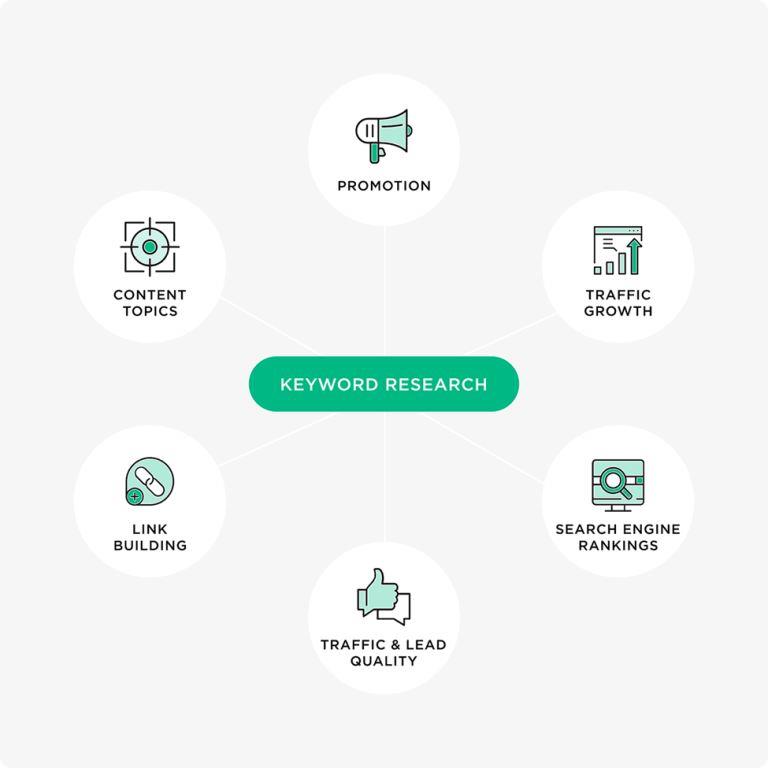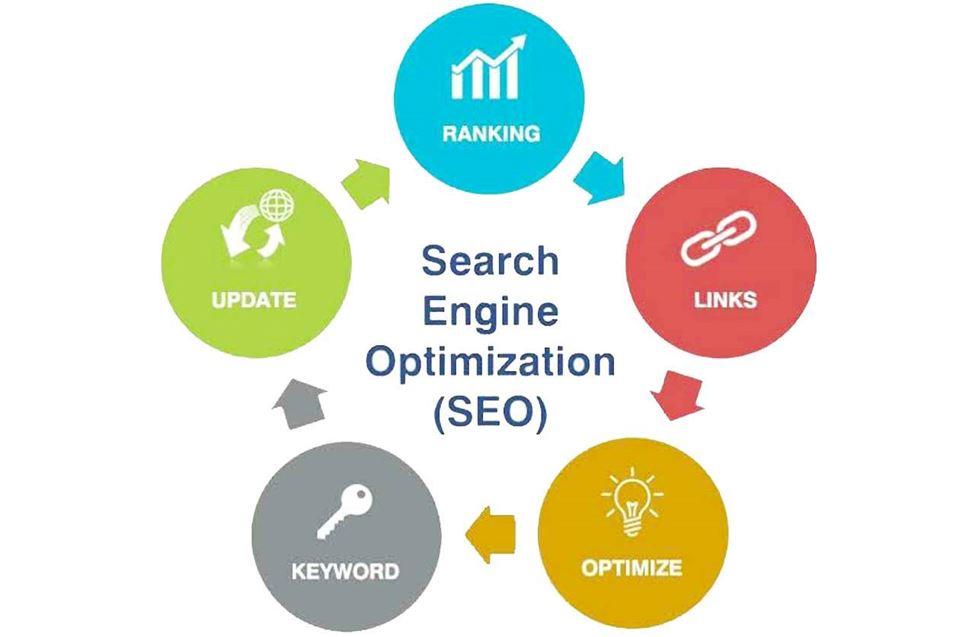Content writing needs skills and proficiency. You have to keep your readers interested with your good quality content. The ability to captivate your reader’s attention is the ultimate goal of every writer nowadays.

If you are successful in getting the attention and interest of readers, Boom! surely you have done your job. If viewers like your content, they will surely be inclined towards sharing it on other platforms. Your skill will help you in getting rankings if it is done in an SEO-friendly way.
In this tutorial, we are going to present the top 10 best practices for writing SEO-friendly content, by which you can rank your content. These best tips will grab your reader’s attention and make your blog post SEO-friendly.
Why SEO is important?
We are emphasizing more SEO and good quality content, as both work hand in hand. If you are ignorant regarding Google ranking and searches despite good content, your article will not rank. The first-page ranking is a must for good ranking and it is possible only when your content has a good relationship with SEO techniques.
Here we are discussing all those tips and practices that will surely help in ranking your content.
1. Thinking and Structuring Before Writing Your Blog Post
If are a beginner or recently started your writing, you have to brainstorm your ideas. You have to think about what you are going to write, and how will you represent it.
You have to define your idea and topic, why you are writing? What is the purpose of your writing? How you can connect to your audience through your content? These are questions you need to understand.
After knowing your purpose, you have to search all those topics on which you want to create your post.
If you are done with the initial paper working on your topic, the next most important step is to structure your content.
2. Structuring your content
It is primarily crucial in defining your topic. You have to acknowledge a clear and well-defined structure to make it readable and SEO-friendly.
- Introduction (introducing your idea and topic)
- Main Body (the main part of your content including your message, ideas, infographics, demographics, and images)
- Conclusion (summarizing your whole content message)
3. Keyword Researching
If you are writing an SEO content, you have to think and see it in logical ways. Keywords must be used wisely.
You have to find the right keywords for better searching and targeting audience.
While keywords searching, you must ensure:
- Search volume relevant to your keyword, using the wrong keywords will waste your time and budget.
- Understanding the intent of the searcher regarding keywords.
- Create content that is competitive against content already shown up in Google searches.
- Use long-tail keywords in your content to rank it on SERPs due to its low search volume.
- You can also use different keyword searching tools for getting insights and details of your required keywords.

4. Crafting of Attractive Titles
Titles have a great influence on SEO ranking and making descriptive or attractive titles helps users to read and inform about your blog post.
Optimize your titles, add keywords, and characters must be 60. After making your title, you can analyze your title with various tools.
The use of transition words is very helpful for readers to connect to your content and give them a better understanding of sentence structure and paragraphs. The transition words include ‘first of all, secondly, finally, however, and similarly.’
5. Make Use of Paragraphs and Headings:
Your content looks best when you add paragraphs and headings. This will assist the audience to know about the main idea given in the paragraphs in different headings. It looks presentable!
You can also add subheadings, as people also scan your content through subheadings.
Subheadings also help in SEO ranking, so you can use keywords over there.
Structured posts add to the user experience. A satisfied user may spend more time on the website, thereby increasing the dwell time which contributes to good SEO.
6. Making SEO-friendly URLs:
Well-defined URLs play an essential part in SEO purposes. They impact greatly on your ranking and are easy to share with others.
While creating your SEO-friendly URLs, you have to note the following important points:
- The addition of targeted keywords will increase the chances of visibility.
- Remove unnecessary words and make it short.
- You have to use hyphens to separate words.
- Make sure to use lowercase letters, as uppercase letters will result in a 404 error.
- Don’t use words like a, an, but, etc.
- Keep your URLs simple, relevant, and captivating.
7. Audit Content before Publishing
An important part of making sure that your content is SEO friendly is to make sure that the content does not violate any guidelines set by the search engines.
Plagiarism, or duplication as search engines like to call it, is one of the reasons for lowering a website’s SERP rank. In severe cases, it can result in the complete removal of the website from the search engines index.
To avoid this worst-case scenario, it is paramount that content is checked for plagiarism prior to publishing. An easy and efficient way to do this is to get assistance from a free plagiarism checker.
Plagiarism checkers are tools that can automatically check content against billions of online sources to see if there is any duplication. Most of these tools generate reports that show which parts of the content were duplicated.
With the help of the report, the content can be edited to make sure there is no plagiarism left.
8. Addition of links (Interlinking):
After the process of writing your content and fulfilling all the stages requirements, the next important step is to add links to your blog post.
This process helps your content ranking high on Google searches. It makes your blog post stronger and more authoritative. Internal linking is adding links to your existing content with a highly authoritative website. It increases your page ranking plus the validity of your website.
Internal linking is effective only when you use it according to your relevant content and blog posts.
9. Optimizing Your Images
Adding visuals to your content boosts your ranking as users mostly attract to images and videos.
For this purpose, optimization of images is also necessary as they rate equally in Google ranking. Add keywords in ALT text in image filenames, descriptions, and captions.
Optimizing images also relates to user experience. The attention spans of people are not very long, and they cannot wait too much for a website to load.
When images are unoptimized, they increase the loading time of a webpage by a few seconds. These few seconds are enough to make the visitor leave. Hence, it is necessary to reduce the size of images so that pages load quickly.
10. Meta-Description Optimization:
The meta-description is another important point in terms of SEO.
It is a summary of your whole content which appears beneath the title of your post that Google displays in the searches.
Meta-description optimization is as important as other SEO factors. It must give the message of your article. It should also contain the primary keyword that you are targeting so that it becomes bold in the search results if that keyword is searched.
The characters for meta-description must be 150-160. If the meta-description becomes too long, it is unable to show itself completely on the search engine results page. Any text that comes after the character limit is hidden, and in its place, a “…” appears.
This is bad for attracting visitors as they are unable to get all the information, and something that may catch their eye may be hidden due to exceeding the character count.
11. Updating Your Content and Sharing it on Other Platforms:
After doing all the essential steps in content making and maintaining all SEO practices, it is important to update your content and write new blog posts on regular basis.
- Posting new content is good as Google brings your content on top searches.
- Improving your writing skills, and getting knowledge of different tools will increase your proficiency.
- Post once or twice a week, and give some gaps so that your readers visit your blog post.
- It is good to take some time to respond to your comments.
If you have gone through all the above-mentioned steps, it is best to share your content on other platforms to make it more reachable.
- Make your content approachable on the internet by using social media platforms like Twitter, Pinterest, Facebook, Quora, and others.
- It will increase the exposure of your content and attract more users which will boost your ranking on Google searches.

Conclusion
After knowing and being well aware that how it is important to know all SEO practices and tools to make your content SEO optimized and user-friendly.
Following all these SEO practical tips aids in creating your SEO-optimized content that will increase ranking. It is noteworthy that good quality content ensures better traffic, generate links, and increases the chances of visibility and repetitive visitors.
Mahnoor Mehmood is the author of the Enzipe, a professional and passionate content writer. She is currently giving her services to this institute. She has done her Postgraduate in Botany from the University of Agriculture, Faisalabad. She has turned her skills into professional writing and also served her services on different platforms.